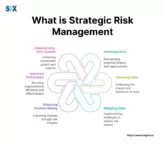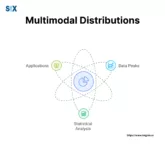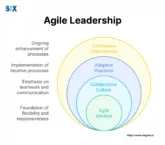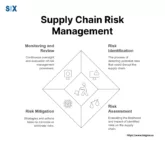The Guide to Data Quality Assurance: Ensuring Accuracy and Reliability in Your Data
Maintaining high-quality data has become crucial for organizations seeking to make informed decisions and drive growth. Data quality assurance serves as the backbone of reliable data management, ensuring that organizations can trust their data for critical business operations. Key Highlights Data Quality Principles And Standards What is Data Quality Assurance? Data quality assurance represents a […]


























